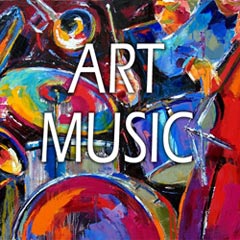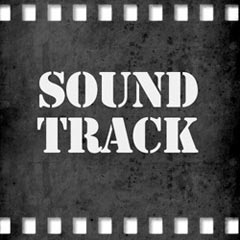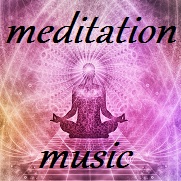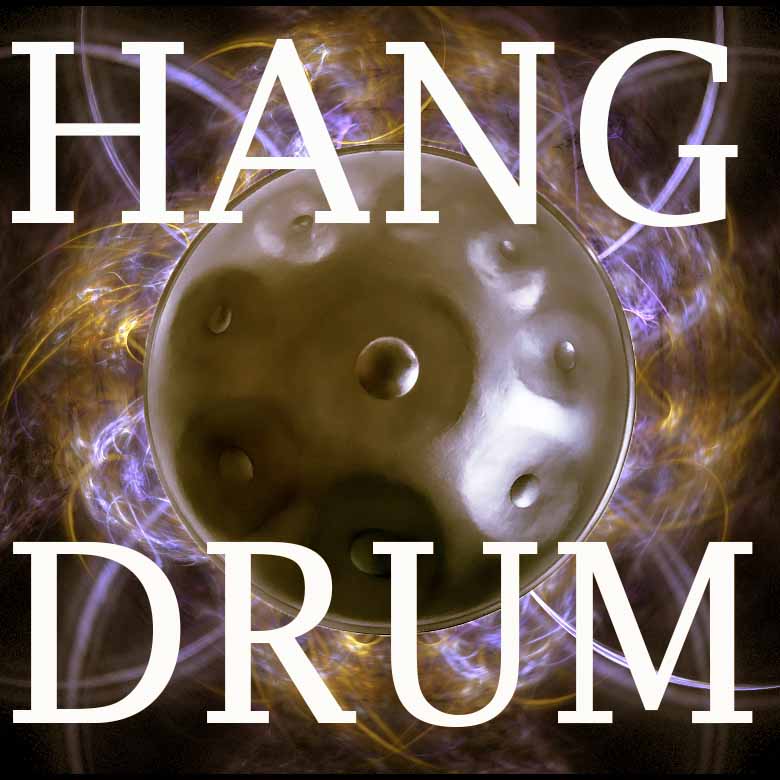Meditation Music
ON AIR - PROGRAMMING
The Art of Relaxation: Discover the Magic of Meditation Music
Do you ever feel like you're in need of a break, a way to unplug and recharge your spirit? Perhaps you're battling with anxiety or struggling to unwind after a long day? In today's fast-paced world, it can be hard to find that inner peace we all crave. That's where the magic of meditation music comes in. With its soothing sounds and tranquil melodies, it can help you find a sense of calm and balance, bringing your mind and body back into harmony. In this blog post, we’ll explore the art of relaxation through the power of meditation music.
Meditation music comes in all shapes and sizes – from soft chimes to gentle harps, from gorgeous string orchestrations to slow rhythmic drums. It is designed to help you relax and let go of the stress and anxiety of everyday life. It's all about creating an atmosphere where you can unwind, forget your worries, and simply be in the moment. Whether you're a seasoned meditation practitioner or just starting out, meditation music can be an incredibly helpful tool that can transform your practice.
But what makes meditation music so special? First and foremost, it has the power to shift your energy quickly. With the right melodies, it can transport you to a peaceful state, helping you to release tension and find inner peace. It's also incredibly versatile – you can listen to it during yoga, meditation, or even while you're working on a project. When you're feeling stressed or anxious, simply take a few minutes to listen to some meditation music and let it work its magic.
The best part about meditation music is that it's accessible to everyone. You don't need to be a professional musician or a master yogi to enjoy it. You can find countless albums and playlists available on digital streaming platforms that cater to different tastes. From classical tracks to world rituals, there's something for everyone.
So, how do you get started with meditation music? The easiest way is to curate your own playlist with heartfelt songs that make you feel at peace within. You can also try attending a sound bath or relaxation session where professional musicians use various instruments to create a meditative environment. These sessions can help you experience the full spectrum of meditation music's benefits.
The power of meditation music is undeniable. It has the ability to help us unwind, de-stress, and find inner peace. By incorporating music into our daily lives, we can experience a higher sense of well-being and tranquility. The best part? You don't need any special skills or knowledge to enjoy it – just a willingness to be present and open to the experience. So, next time you're feeling frazzled, take a few minutes to listen to some meditation music and let its soothing melodies transport you to a place of peace and tranquility.
The Third Eye
The Third Eye sometimes referred to as the Brow Chakra or inner eye. Has an esoteric and mystical concept, a perception beyond ordinary sight, an invisible eye that vibrates on the high spectrum of energy allowing one’s thoughts and visions to expand their sixth sense. In the ancient tradition of Hinduism and New Age spirituality, the third eye is the gateway towards higher consciousness within the inner realms and enlightenment of our etheric body or sometimes referred to as the Auric Field of a Human Body. Music creates the path to open up the third eye by matching the higher frequency of resonation with the lower vibration of the base, sound, and rhythm of the beat. Theta waves occur whilst we are asleep when we allow our body to relax and in a deep state of meditation. Our perception and dream state allows the human brain to retrieve, receive and visually connect to the outer world of imagination or sometimes referred to as a physic vision of the third eye. Shamanic therapy with music creates a steady-rhythmic beat of a drum struck four and one-half times, the same natural rhythm our body creates with the theta waves that are naturally present whilst sleeping. Theta meditation music enhances learning, awakens our intuition, relaxes the body and allows the two hemispheres of the brain to release positive signals to the pineal gland, the brain’s “storehouse” of our sensory perceptions. When the energy centres within the body are vibrating on a higher frequency, the vision of the third eye opens, hence seeing an outer reality or universal energy of consciousness. Binaural beats with a mix of subliminal visualisation, gives you a dream state feeling, a sense of lightness and freedom to visually expand the third eye.
Meditation music. The universal value of music
What are you thinking about?





